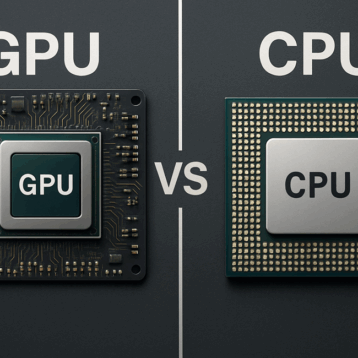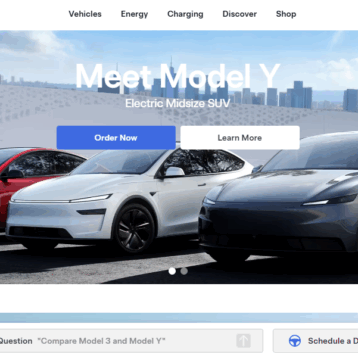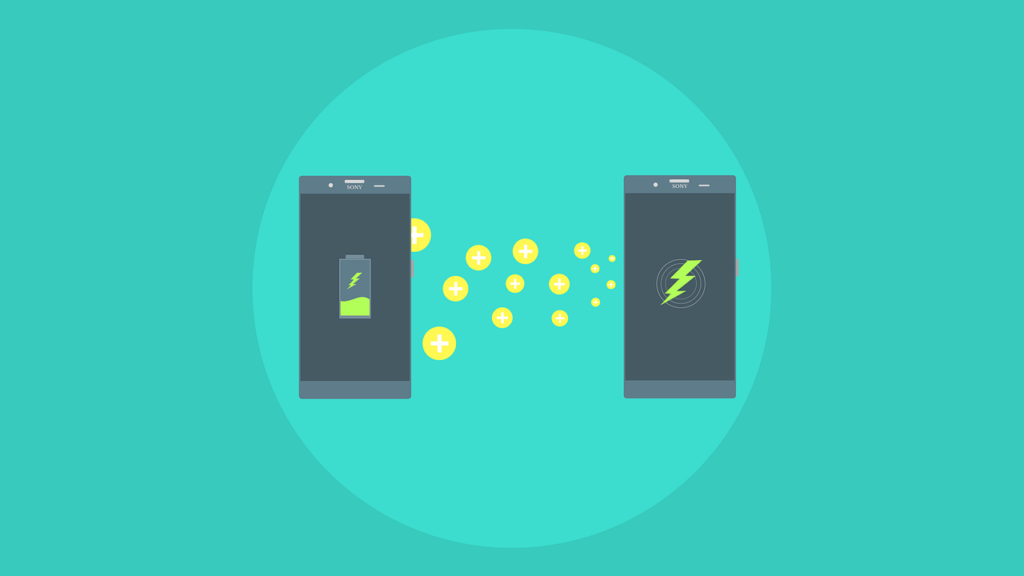
Highlights:
- Low power mode works by prioritizing important functions and tasks that drain the battery.
- Low power mode can improve system efficiency and balance energy efficiency.
- Low power mode effectively extends the battery life of the devices, ensuring uninterrupted use in critical situations.
Introduction:
In our smartphone-centric world, battery drain is a common concern. Low power mode claims to accelerate charging, but does it really? Now let’s look into how effective it charges.
Understanding Low Power Mode:
Low power mode is a ubiquitous feature in today’s smartphones, giving users a way to conserve battery life when low. Enabling this mode optimizes device power consumption by limiting external systems, slowing down the screen, and interfering with CPU performance.
By reducing power-intensive tasks, the low-power mode extends the time between charges, making it a valuable tool for users looking to maximize the battery life of their devices which has been around for a long time.
How Does Low Power Mode Work?
Basically, the low power mode works by prioritizing important functions and tasks that drain the battery.
By adjusting settings such as turning off personal email reception and reducing visibility, devices save energy and thus extend battery life. Also, during charging, the low power mode can improve system efficiency and balance energy efficiency and user experience.
Background apps often slow down refresh rates, limit location services, and optimize system animations to reduce battery drain and make it easier to play faster.
Does Phone Charge Faster on Low Power Mode?
One main user concern with the low power mode is its effect on charging speed. While its primary purpose is to extend battery life, the lower voltage can indirectly affect charging time by regulating the power consumption of the device.
By forbidding external circuits and limiting power-hungry components, the low-voltage process ensures that the incoming current is efficiently delivered to the battery to charge the battery. This diversion of electrical components inevitably leads to short charging times. This optimization tool can significantly speed up the charging rate, especially when the device runs out of battery and needs to be recharged immediately, facilitating the rapid refilling of battery power levels.
What Causes a Fast Charge?
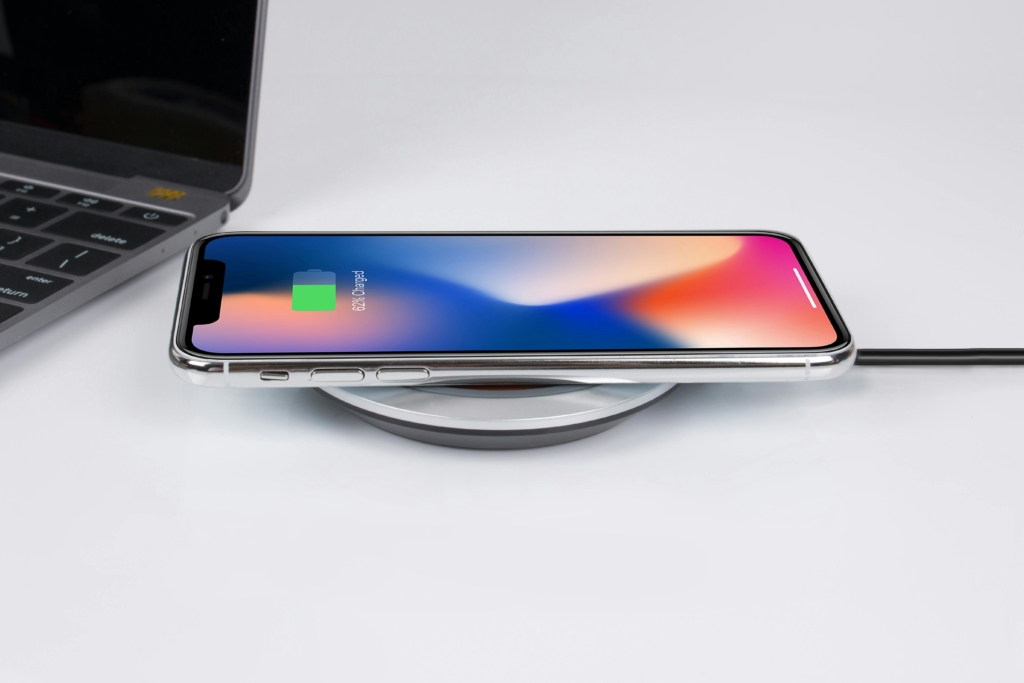
Whether low power mode is enabled or not, a number of features facilitate faster charging. The charger’s ability stands out as a key determinant of charging speed, with higher wattage providing higher power to the device in a shorter amount of time, while other factors such as the hardware capabilities of the device and charging cable war also plays a key role.
In addition, new features such as fast charging further enhance the charging experience by improving charging quality and reducing heat generation Furthermore, improvements in batteries technologies, such as lithium-ion and lithium polymer batteries have greatly improved the energy recovery of batteries, resulting in faster, more efficient overall And charging happened
These combinations work together to achieve faster charging times, regardless of whether the low power mode is active or not.
Android vs. iPhone: Low Power Mode Charging Speeds:
Android devices generally offer greater flexibility in power saving settings, allowing users to customize their preferred low power mode to suit their needs. Manufacturers often offer options for improving battery efficiency, giving users more control over the power consumption of their devices. This flexibility allows users to customize low-energy system delivery according to usage and preference, potentially increasing billing efficiency.
On the other hand, iPhones offer a much smoother user experience, with low power modes seamlessly integrated into the operating system. Apple’s approach prioritizes simplicity and ease of use, ensuring that low power mode is easily accessible to users without requiring extensive customization. Though that approach may restrict the user’s customization options compared to Android devices, it is more consistent and reliable as low power in iPhone models -Ensures mode experience.
However, comparative research has shown that the effectiveness of the low power mode in charging faster can vary between Android and iPhone devices. In addition, manufacturers can use proprietary charging technologies, such as Samsung Adaptive Fast Charging and Apple Fast Charging, which keep differences in charging speeds between devices. This difference emphasizes the importance of specific considerations when assessing the effect of low power design on charging efficiency.
Also Read – How To Turn On Wireless Charging iPhone
What Are the Pros and Cons of Low Power Mode?
Pros:
Extended battery life: The low power mode effectively extends the battery life of the devices, ensuring uninterrupted use in critical situations, where power source availability is limited.
Energy conservation: Low-energy strategies that conserve energy and reduce electricity consumption promote environmental sustainability by reducing energy consumption, and thus helps to adopt a greener approach to machinery.
Improved device performance: Low power mode optimizes power distribution and prioritizes important tasks, optimizing performance even when the battery is low, thus ensuring that the user is experienced easily.
Power efficiency: The low power mode is a valuable tool for users looking to better manage their device’s power consumption, providing insight into power-intensive processes and enables them to make informed decisions.
Distraction-free experience: By reducing background activity and limiting redundancies, low-energy methods enhance a distraction-free user experience, allowing individuals to concentrate and build on tasks without interruption, thereby increasing productivity.
Overall, the benefits of Low Power Mode include improved battery life, improved device performance, and a more consistent approach to power consumption, making it a serviceable feature of great value for smartphone users.
Cons:
Performance Restrictions: Low power mode places restrictions on certain features and functions, such as background app refresh and automatic updates, which can hinder the overall user experience by the ability of the device to stay up to date and has responded to the limits.
Reduced performance: Weak performance in low-power mode can cause the app to run slowly and multitask, which can affect performance for trusted users more mechanically for the business or hobby.
User: The simplified settings and reduced functionality of the low-power mode may not match the preferences of all users, as some individuals prefer more control over the design and operation of their device.
Performance changes: As low-power options conserve energy and extend battery life, there may be changes in device performance and efficiency, with users having to weigh benefits on improved battery life compared to potential limitations in device performance.
Ultimately, the decision to enable the low power mode is based on individual user preferences and usage patterns, and requires users to consider the balance between battery life extensions and potential limitations on device performance and efficiency.
Factors Affecting Charging Speed in Low Power Mode:
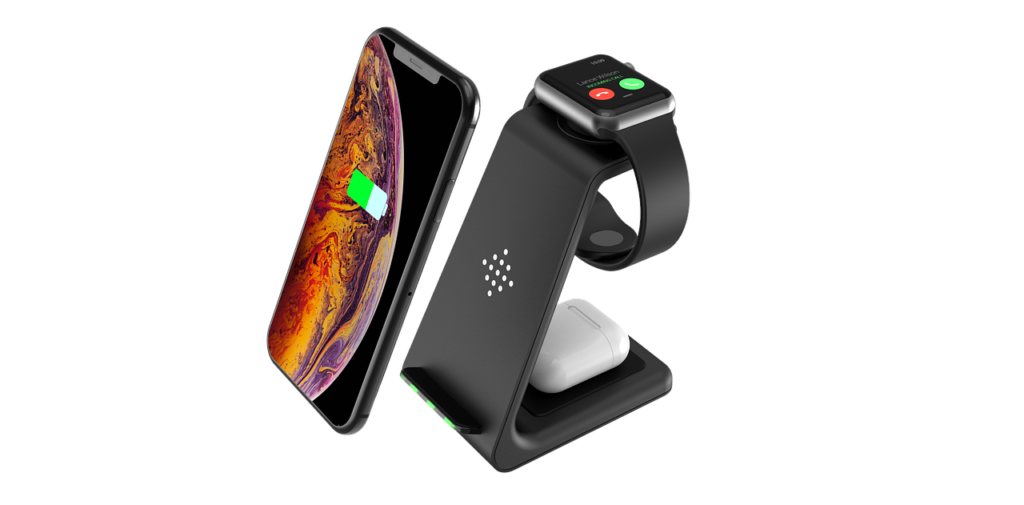
While the low power mode can contribute to faster charging times, several factors affect its effectiveness. Battery conditions inside the device, ambient temperature, and external processes all play a role in charging speed.
Furthermore, the quality of the charging equipment and the type of power source used can affect the charging efficiency. By optimizing these variables, users can maximize the benefits of low power mode and achieve faster charging times.
Also, users should be mindful of possible software updates and system optimizations that could affect charging behavior over time.
Routine maintenance and equipment maintenance practices can help minimize potential problems and ensure that the charger always works.
Also Read – 13 Best Android Camera Apps For HQ Images in 2024
Tips for Faster Charging:
- Invest in a good quality charger with enough wattage to ensure fast charging.
- Use certified charging cables to minimize resistance and improve charging efficiency.
- Avoid extreme temperatures, as extreme heat and cold can adversely affect battery performance and charging speed.
- Reduce background activity on your device to reduce power consumption while charging.
- Make energy-efficient settings such as reducing screen brightness and optimizing unnecessary features to conserve battery power.
- Charge your device in a cool, well-ventilated area to avoid overheating, which can slow down charging speeds.
- By not using your device for plug-ins, it prioritizes charging and lowers power consumption from running applications.
- Keep your device exposed to direct sunlight while charging to prevent excessive heat buildup, which can damage battery health in the long run.
- Consider using a portable battery pack or power bank to charge on the go to ensure you never run out of hands while away from traditional charging sources.
- Update your device software regularly to ensure it works properly and keeps up with the latest charging technology.
- Use battery optimization apps and utilities to monitor battery health and identify potential issues that could affect charging performance.
Conclusion:
Low power mode has great potential to improve battery usage and can reduce the charging time of smartphones. While its effect on charging speeds can vary depending on many factors, including device type and usage, incorporating low-power options into your charging system can help maximize battery life and keep your device running when you need it most.
Understanding its technology and using it properly can ensure users can deliver power in low power mode used to enhance their smartphone experience. However, it is important to consider specific device factors and user preferences when evaluating the effectiveness of low-power charging methods.
Ultimately, striking a balance between battery optimization and user experience is key to maximizing the benefits of low power mode in everyday smartphone use.



